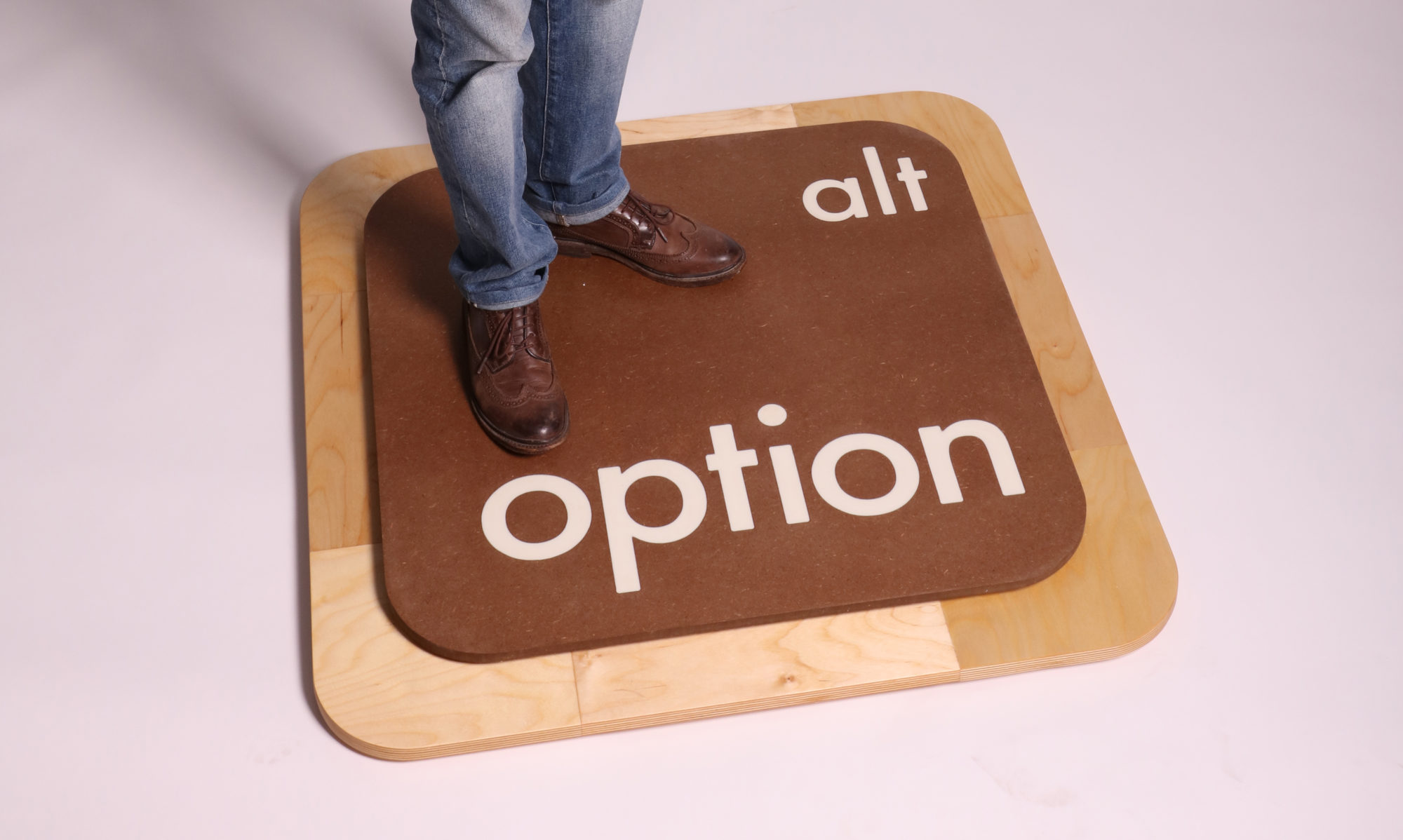What is the difference between a “working” and a “display” prototype?
A working prototype functions with the game mechanics. It is often in rough shape and visual aesthetic due to the quick nature of wanting to work out the kinks of if and how the mechanics work. However, a display prototype is meant to be created to look as best as the game can, much like how the final product is expected to look.
What is required of a working prototype, and what might cause failure?
A working prototype must have the basic needs that the mechanics determine, if you need to have a spinner, for example, that is something required. However, a failure can take place if the spinner is a makeshift creation, and it may function poorly creating lacking results in playtesting.
Where might you pitch your game?
In a school setting, you can pitch ideas to professors and your peers, to personally get feedback from a community you are familiar with. However, on a larger scale, you can pitch your ideas to gameboard companies, and companies that have created games like your own.
What do publishers look for in a game?
High quality, clear rules and game flow, good concept, and little to no flaws in gameplay.
What makes a good set of Rules?
Rules that are concise, easily readable, straightforward, and not overwhelming. While rule quantity can change depending on the age group, quality, and readability should not change
